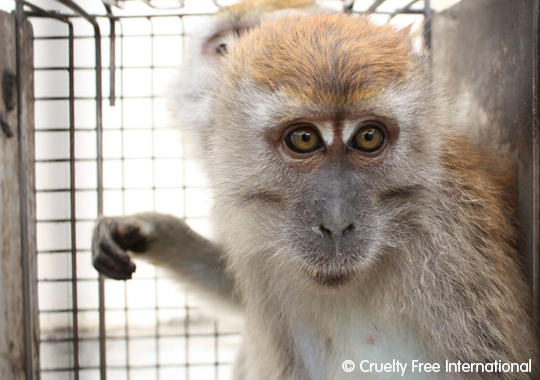Monkey used in gruesome head transplant experiment
Doctor claims researchers in China have successfully carried out head transplant on a monkey
 Italian surgeon Sergio Canavero says his plans to carry out the first human head transplant by 2017 are a step closer. The controversial scientist claims Dr Xiaoping Ren at Harbin Medical University in China has successfully conducted a monkey head transplant, connecting the blood supply between the head and new body, but critically, not the spinal cord.
Italian surgeon Sergio Canavero says his plans to carry out the first human head transplant by 2017 are a step closer. The controversial scientist claims Dr Xiaoping Ren at Harbin Medical University in China has successfully conducted a monkey head transplant, connecting the blood supply between the head and new body, but critically, not the spinal cord.According to reports, Dr Ren completed his first ‘successful’ head transplant on a mouse in July 2013 after ten hours of surgery. Since then he has experimented on over 1,000 mice to try and ‘perfect’ the technique. Despite his efforts, none of the mice survived for longer than one day. Disturbing photos of mice after the surgery show that they are paralysed and some even have different coloured heads to their bodies. Previous attempts to carry out head transplants in animals have proved both gruesome and unsuccessful. In 1954, a Russian surgeon attempted to transplant the head and forelegs of a puppy onto the back of another dog. Despite trying the procedure a few times, all of them only managed to survive for a few days. In 1970, the head of a monkey was ‘successfully’ transplanted onto another monkeys’ body in the USA. However, the monkey was completely paralysed, could only breathe with the help of a machine and died eight days later when his head was rejected by the donor monkeys’ immune system. The experiment has been met with scepticism from scientists who believe that the technique is too dangerous, unethical and unlikely to succeed. Cruelty Free International is deeply concerned about such appalling experiments on animals. Find out more about why we’re against animal experiments
